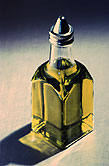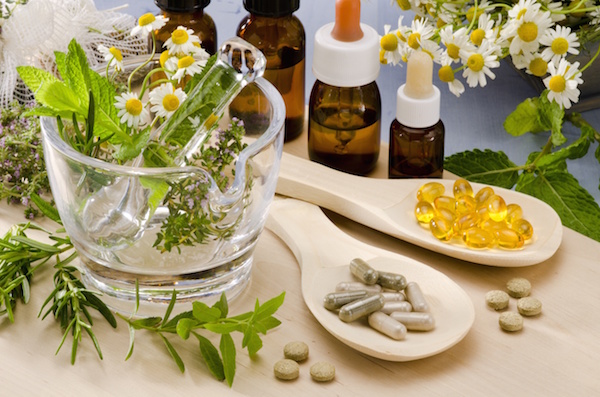
FRIDAY, April 18, 2014 (HealthDay News) — Allison Bennett of Palm City, Fla., plans to swish daily. Sloshing coconut oil around her mouth for a quarter of an hour every day will make her teeth whiter, she believes.
Like Bennett, plenty of consumers are discovering an ancient practice called oil pulling, or oil swishing. Some people report the practice sweetens their breath; others say it treats gum disease, prevents tooth decay and even improves arthritis and asthma.
Oil pulling, which goes back 2,500 years, is based on Indian traditional medicine, or Ayurveda, said Marc Halpern, a chiropractor and president of the California College of Ayurveda, in Nevada City, Calif.
The practice is based on a core concept of Ayurveda: that oil is nourishing to body tissue, said Halpern. “In Ayurveda we oil all the tissues of the body, from head to toe, every day. Studies have shown there can be an antimicrobial and anti-inflammatory action.”
Halpern swishes oil. “I try to do everything within the realm of Ayurveda to see if it’s of value,” he said.
But even Halpern admits that oil pulling may not produce the broad range of benefits some boast. “People have reported all kinds of wonderful results from doing it, but you can’t attribute every result to the practice,” he said.
Hard evidence of the benefits and risks is hard to come by.
Bennett decided to try swishing after applying coconut oil to her 2-year-old daughter’s skin to treat eczema. In reading about how the oil worked, she learned about pulling. So she recently ordered another bottle of coconut oil and tried it.
“It wasn’t bad,” said Bennett, who swished for 10 to 15 minutes. “My mouth seemed quite clean after and my teeth seemed whiter even after just one time. I plan to make this a part of my daily routine each morning.”
Do experts in Ayurveda think pulling really works as a teeth whitener? “It hasn’t been studied,” said Halpern.
As for any downside, Halpern said some people feel a little nauseous when they swish. For that he recommends using oil for just five minutes, not the 20 minutes some recommend, and using less oil if need be.
“Between a teaspoon and a tablespoon is fine. There is no exact amount of oil that must be put in your mouth,” he said.
While Halpern said he believes swishing oil is safe, he recommends that people work with a trained and experienced Ayurveda practitioner to get a personalized “prescription” for the type of oil that best fits their needs and physical make-up.
Lydia Hall, a spokeswoman for the American Dental Association, said the association can’t comment on oil pulling because additional research is needed. And the National Institute of Dental and Craniofacial Research isn’t doing any research on oil pulling, said its spokesman, Bob Kuska.
Some experts say almost anything you do for your mouth is better than neglecting it.
“Anyone who wants to pay attention to their oral hygiene, it’s a good thing,” said Dr. Joseph Banker, a cosmetic dentist in Westfield, N.J. “But are there other things that they could be doing? Probably.”
Many “old remedies” were developed when there was no toothpaste, mouthwash, floss or toothbrushes, Banker said. Nowadays, inexpensive and widely available tools make it a lot easier to take care of your teeth and gums, he added.
As for whether swishing can whiten teeth, Banker is skeptical. “I don’t think the oil has an intrinsic effect other than the removal of plaque. It’s hard to find a study that states that. Anything that swishes around for 20 minutes may have some effect, even water.”
Yet if done daily, oil pulling may remove some tooth stain, Banker said. Also, if the process improves gum health, they will be pinker, which can often make the teeth look whiter, he said.
Banker recommends that people who want brighter teeth simply use whitening strips. “They’re easy to place, and you can stop using them if your teeth get sensitive.”
But could swishing do harm? “No. It’s the ones who ignore their mouths that have problems,” said Banker.
More information
Learn more about oral health from the U.S. Centers for Disease Control and Prevention.
Copyright © 2025 HealthDay. All rights reserved.

